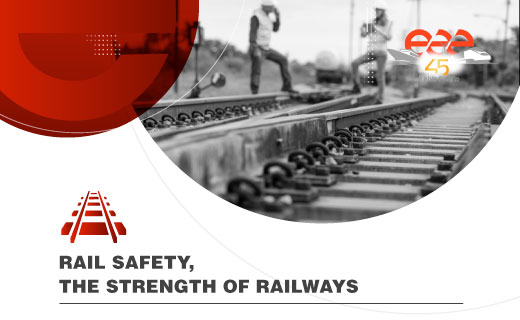When it comes to transport safety, railways always feature prominently. This centuries-old mode of transport is still one of the most reliable and safest, thanks to a combination of advanced technology, strict protocols and intrinsic design features. But why are trains so safe?
Rail safety: the key factors
Signalling and control technology
Modern signalling systems, such as ERTMS (European Rail Traffic Management System), enable comprehensive control of rail traffic. These systems monitor the speed, position and trajectory of each train in real time, thus minimising human error and ensuring that trains keep a safe distance from each other.
2. Robust design and integrated security systems
Trains are designed to withstand impacts and protect passengers. Emergency braking systems, energy absorption mechanisms in the event of a collision… every detail is designed to guarantee safety. They also have automated protocols for managing emergencies, such as assisted evacuations or direct communication with control centres.
4. Preventive maintenance and constant inspections
The railway is governed by rigorous maintenance standards. Trains and tracks are regularly inspected and tested to detect any anomalies before they can pose a risk.
Triple E’s experience in rail systems
At Triple E we contribute to improving rail safety with cutting-edge technological solutions. We work to ensure that the trains of the future will continue to set the standard in safety, from advanced fire extinguishing systems to innovations in railway digitalisation.










